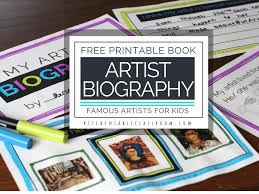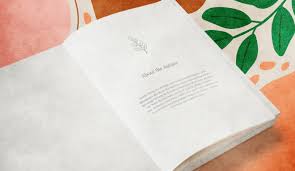Biography writing is a unique art form that invites authors to delve into the lives of individuals, exploring their stories, accomplishments, and the intricate web of experiences that shape them. A well-crafted biography not only informs but also inspires, preserving the essence of a person’s life for posterity. Whether you’re a seasoned writer or a budding biographer, understanding the nuances of biography writing can elevate your storytelling skills.
At its core, a biography is a detailed account of a person’s life, encompassing significant events, achievements, struggles, and personal growth. The subject of a biography can be anyone from famous historical figures to ordinary individuals who have made an extraordinary impact on their community. When approaching biography writing, it’s essential to consider the depth and breadth of the individual’s experiences, ensuring that the narration resonates with readers on an emotional level.

One of the first steps in biography writing is research. A thorough investigation of your subject’s life is crucial. This often involves gathering information from various sources, such as interviews, letters, diaries, official records, and other biographies. Each piece of information provides a richer understanding of the subject’s life, enabling you to present a comprehensive picture. It’s important to balance facts with narratives that highlight the character’s personality and motivations, which can be achieved through vivid anecdotes and personal stories.
Determining the structure of your biography can significantly influence how the story unfolds. There are various approaches, including chronological, thematic, or a blend of both. A chronological approach presents events in the order they occurred, making it easier for readers to follow the timeline of the subject’s life. On the other hand, a thematic structure allows you to group significant events or characteristics, providing deeper insights into particular aspects of the subject’s life, such as their values, relationships, or challenges.
As you begin writing, consider your audience. Are you targeting scholars, casual readers, or perhaps a younger demographic interested in learning about influential figures? Tailoring your language, tone, and depth of content to your audience will engage them more effectively. For instance, a biography aimed at younger readers might simplify complex events and focus on relatable themes such as perseverance or friendship, while one for academic audiences might require more in-depth analysis and citations.

Another vital aspect of biography writing is narrative style. Biographies can vary from the heavily detailed and factual to the more literary and reflective. Striking a balance between engaging storytelling and factual accuracy is crucial. Utilizing literary devices such as dialogue, descriptive imagery, and symbolism can enhance the reading experience, allowing readers to connect more deeply with the subject. However, it’s essential to remain faithful to the truth, avoiding embellishments that may distort the individual’s life story.
Finally, revising and editing your work cannot be overstated. An initial draft is often just a starting point. Reflecting on the clarity of your writing, the flow of the narrative, and the accuracy of the facts can provide fresh insights that improve the overall quality of the biography. Seeking feedback from peers or mentors can also be invaluable in this process.

In conclusion, biography writing is an enriching endeavor that allows writers to celebrate the lives of others while honing their skills as storytellers. By immersing yourself in meticulous research, understanding your audience, and employing a compelling narrative style, you can craft biographies that not only inform but also inspire generations to come. Whether writing about historical giants or local heroes, the art of biography writing holds the power to give a voice to the memories and lessons that shape our world.
Name- Jesmin Sultana
Batch- 629
